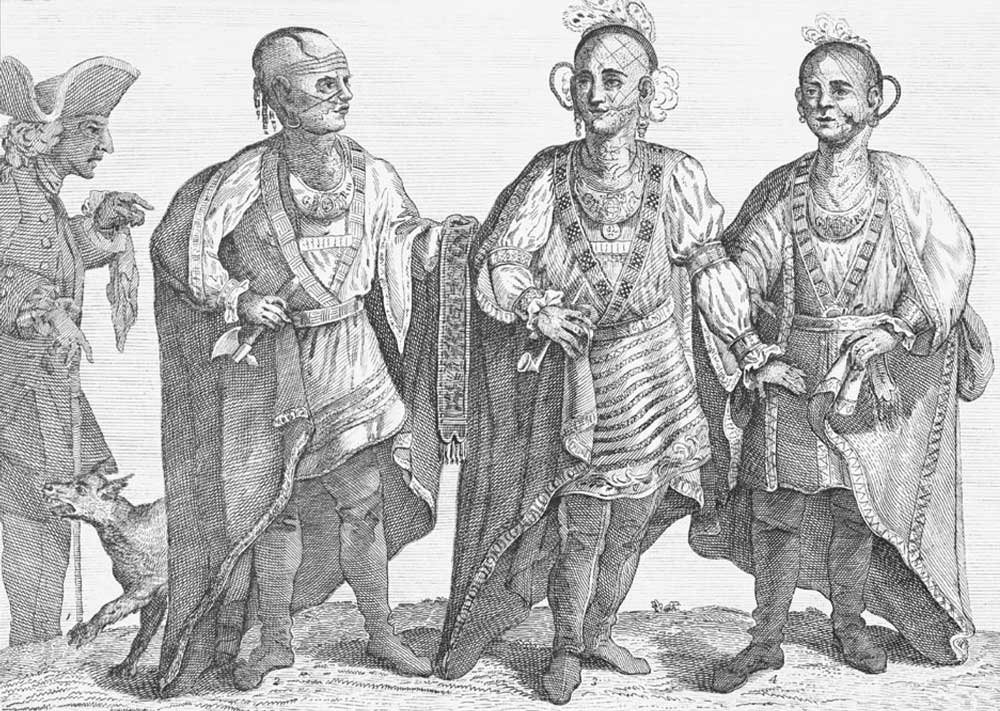Discovery Channels | History Today - 3 minutes read

There is an astounding fact that surfaces periodically in Caroline Dodds Pennock’s inspiring and important new book. How many Indigenous people travelled to Europe voluntarily or involuntarily – in the three centuries following Columbus’ famous voyages? The answer will surely be a surprise to almost every reader, as we are so conditioned to thinking of trans-Atlantic migration as one way.
And yet, as Dodds Pennock reveals, thousands of Indigenous people were in Europe from as early as the 1490s, ranging ‘from the enslaved to the nobility’. During the 16th century certainly tens of thousands, and probably hundreds of thousands, were shipped across the Atlantic against their will to be sold in Europe’s slave markets. That number could even be as high as 300,000 – which was roughly how many enslaved Africans were brought in the opposite direction during the same century. By 1900, somewhere between three and five million Indigenous Americans had been forced into slavery, of whom at least ten per cent were sold in Europe.
The vast majority of Indigenous migrants to Europe were forced, but others travelled freely on missions of trade or diplomacy. Some made the journey repeatedly. Voluntary travellers included three sons of the Aztec emperor Moctezuma. Mesoamerican ball players and other entertainers performed for European monarchs and the pope. Some dignitaries of an embassy from the Indigenous Mexican city of Tlaxcala stayed on as officials of the Spanish royal court, while the rest returned with the good news of special concessions made to the city. Their campaign to win these concessions underpins the tradition of Tlaxcalan exceptionalism that survives to this day.
Dodds Pennock devotes most of her attention to the connections between Mexico and Spain, Brazil and Portugal, and North America and the northeast of England. That leaves, inevitably, more stories of travellers who left other regions of the Americas for Europe in later centuries. That the book is not encyclopedic, nor claims to be, underlines how vast this understudied topic is.
It can be lazy praise to claim that a book is ‘important’ (as I did at the start of this review), so it is worth explaining why that is the case. Those thousands of Indigenous visitors to Europe did not all die or disappear without a trace; many returned to the Americas. Their civilisations did not ‘collapse’, a term still bandied about to pernicious effect, often by those who should know better. As Dodds Pennock reminds us, ‘the Americas remained a predominantly Indigenous space until well into the eighteenth century’ (and a case could be made for replacing 18th with 19th).
Consequently, it is appropriate to attach importance to any book that is expertly researched, convincingly argued, erudite yet readable, and introduces new readers to the reality of the Indigenous American experience. On Savage Shores is all those things. The theme of persistence, adaptation and survival is constant throughout the book, which Dodds Pennock describes as ‘a project of recovery’.
The book’s subtitle playfully alludes to the slow-burning controversy over the deep-rooted belief that Christopher Columbus discovered America. But it should not be dismissed as merely rhetorical device, for it opens the door to a profoundly important history that has been ignored for too long.
On Savage Shores: How Indigenous Americans Discovered Europe
Caroline Dodds Pennock
Weidenfeld & Nicolson 290pp £22
Buy from bookshop.org (affiliate link)
Matthew Restall is Sparks Professor of History at Penn State University and author of Seven Myths of the Spanish Conquest (Oxford University Press, 2021).
Source: History Today Feed